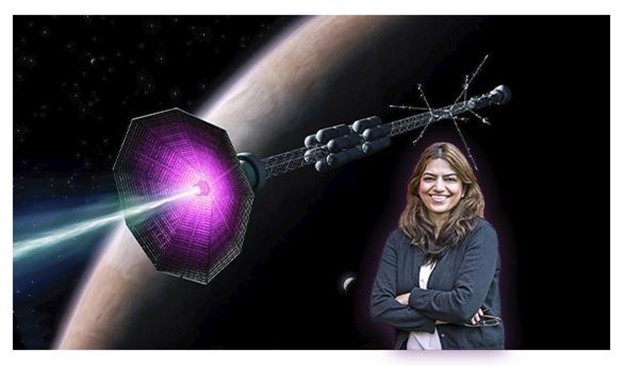
Plasma Thruster Concept to Generate Exhaust 10x Faster
Travel to Mars may be closer than we think, based on work at the U.S. Department of Energy’s (DOE) Princeton Plasma Physics Laboratory (PPPL). PPPL’s Principal Research Physicist Fatima Ebrahimi, wrote and published a paper detailing the work in the Journal of Plasma Physics.
The proposed device will apply magnetic fields to cause particles of plasma to shoot out the back of a rocket. Based on the conservation of momentum, the process will propel a craft forward. The concept accelerates particles using magnetic reconnection, a process found throughout the universe in which magnetic field lines converge, suddenly separate, and then join together again, producing lots of energy. Reconnection also occurs inside doughnut-shaped fusion devices known as tokamaks.
Ebrahimi noticed the similarities between a car’s exhaust and the high-velocity exhaust particles created by PPPL’s National Spherical Torus Experiment (NSTX) the forerunner of the laboratory’s present flagship fusion facility. The tokamak produces magnetic bubbles called plasmoids that move at around 20 kilometers per second—similar to thrust.
Computer simulations performed on PPPL computers and the National Energy Research Scientific Computing Center showed that the new plasma thruster concept can generate exhaust with velocities of hundreds of kilometers per second, 10x faster than those of other thrusters, potentially bringing outer planets within reach of astronauts.
